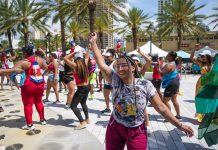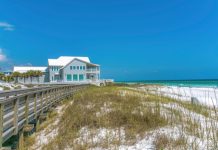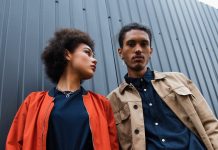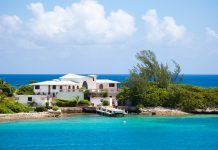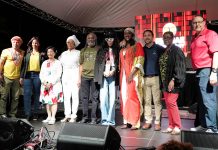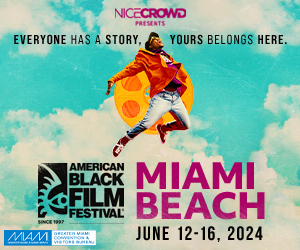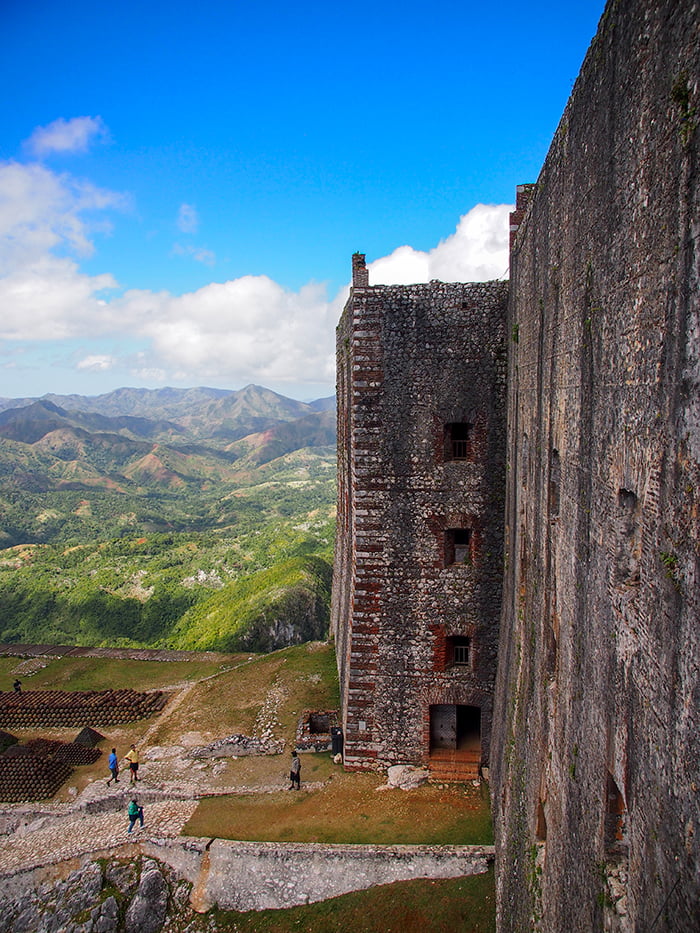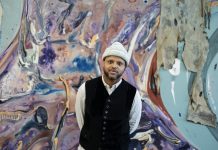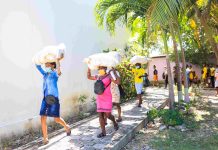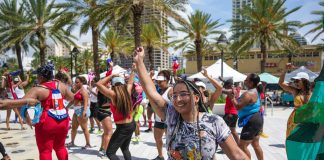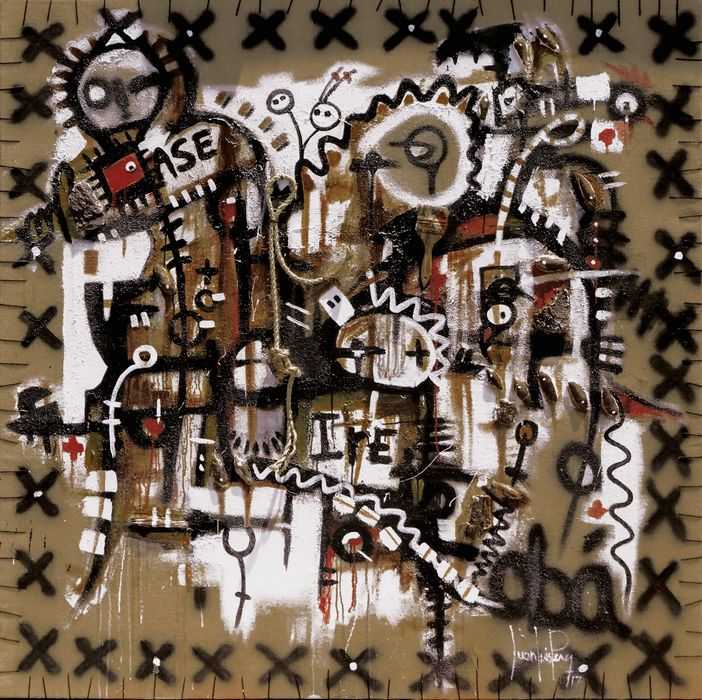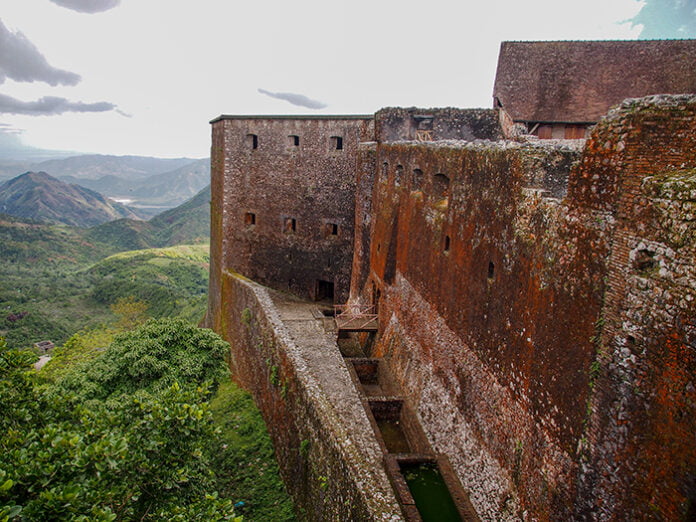
At a time when the world has grown more aware than ever about the Black community’s continued struggle for equality, a demand for a new type of conscious travel is emerging. Experiences that celebrate Pan-African and Indigenous cultural heritages are forecast to increasingly drive travel demands for the foreseeable future. Don’t be surprised if that guidance leads globetrotters right to the Caribbean. Scores of Caribbean attractions and historical sites rooted in proud Black and Indigenous history exist throughout the West Indies. Here are a few of the best:
La Savane des Esclaves, Martinique
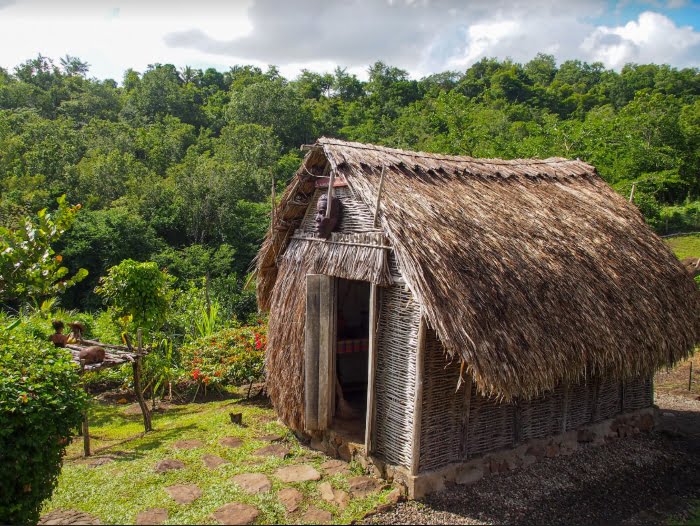
A moving testament to the Caribbean’s legacy of slavery, La Savane des Esclaves is an open-air museum replicating a typical village in Martinique during the years immediately following emancipation. Sprawling over a windswept hillside in Les Trois-Îlets, La Savane showcases both the hardships and creativity of the Afro-Caribbean people who survived one of history’s darkest chapters. Carefully documented displays guide visitors through the enslaved experience, exploring the transatlantic slave trade, daily violent life on the plantation, and the numerous revolts in resistance to bondage.
Giving voice to their struggle, however, marks just one aspect of La Savane des Esclaves. The museum also celebrates the persistence, bravery, and ingenuity espoused by Black Martinicans. For example, a network of paths leads visitors to a series of huts modelled after Black homesteads of the 1800s, featuring the traditional folk architecture’s signature earthen floors, thatched roofs, and walls of lattice and mud. These classic “wattle and daub” structures are a fusion of both African and Caribbean Indigenous construction.
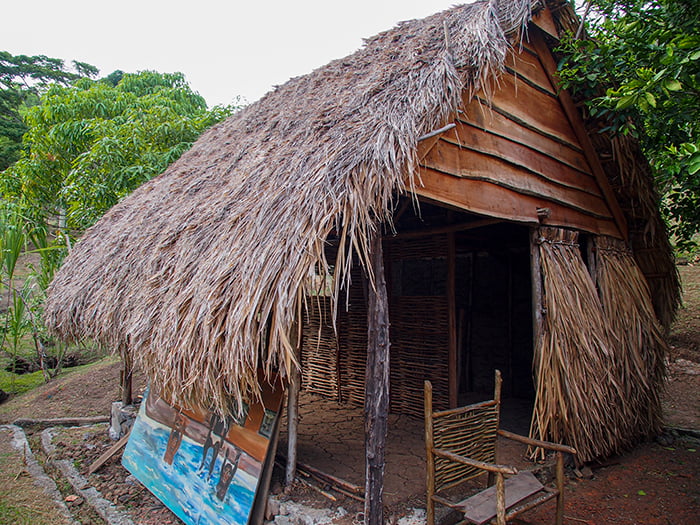
Gardens filled with herbs employed by Afro-Martinicans to cure all manner of ailments also form a big part of the museum. The farm crops they grew and animals they kept are also here, so guests can learn about what life was like among such free villages through sight, smell, and taste. The result is an all-encompassing, tactile museum experience that goes well beyond any textbook toward helping visitors understand more about Afro-Caribbean history.
Kalinago Territory, Dominica
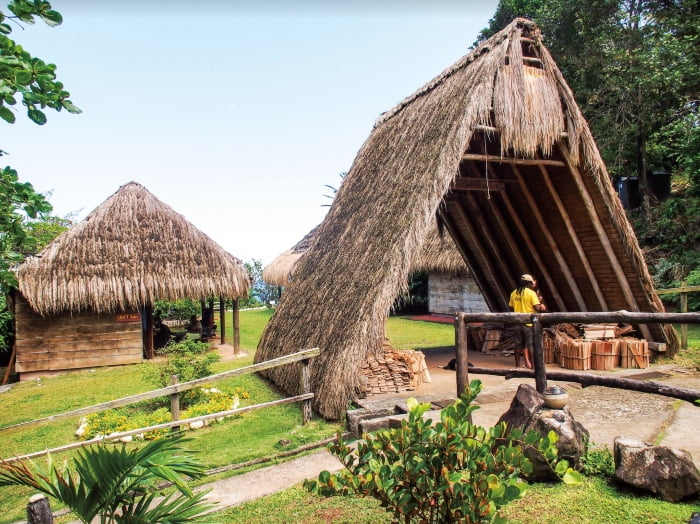
The world knows them as the Caribs, a name ascribed by Europeans bent on furthering unfounded legends of cannibalism in a campaign to ease public dissent over their enslavement and near-extermination. The community, however, goes by their real name, the Kalinago. To learn about their proud civilization, the best place to visit is the Kalinago Territory in Dominica.
Contrary to long-held beliefs, the original Indigenous people who inhabited the Caribbean islands were not wiped out following European colonization. In Dominica, the Kalinago persisted throughout the turbulent 1600s and 1700s, as the French and British fought for control of the island. When the British ultimately took possession in 1763, the Kalinago were limited to 232 acres of land in northeastern Dominica for their settlement. In 1903, the territory was expanded to 3,700 acres.
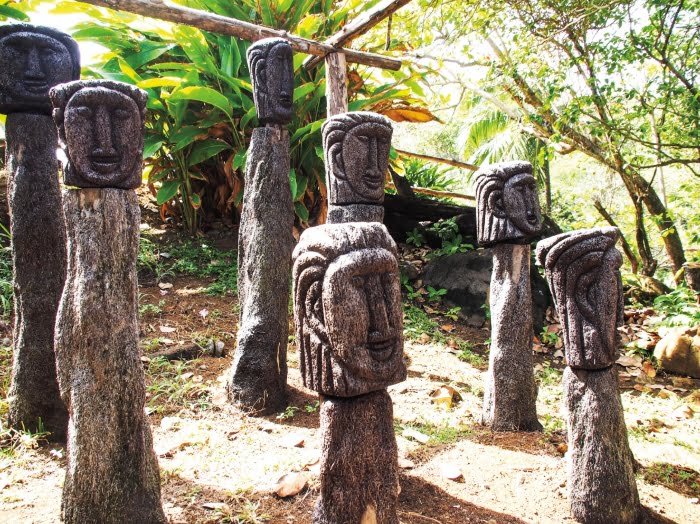
Visiting the Kalinago Territory today provides the closest view into what Caribbean life was like before Columbus. While signs of modern life remain present, so too do many ancient Kalinago traditions. Here, you can learn wood carving and basket weaving techniques passed down through the centuries. Or, try a slice of warm cassava bread fresh from a stone oven.
Hiking trails also take you to sacred spots like L’Escalier Tête Chien. As legend has it, here a giant mythical snake came ashore in Dominica after travelling from South America. Truly, nowhere else connects you more with the original, untamed spirit of the Caribbean.
Milot, Haiti
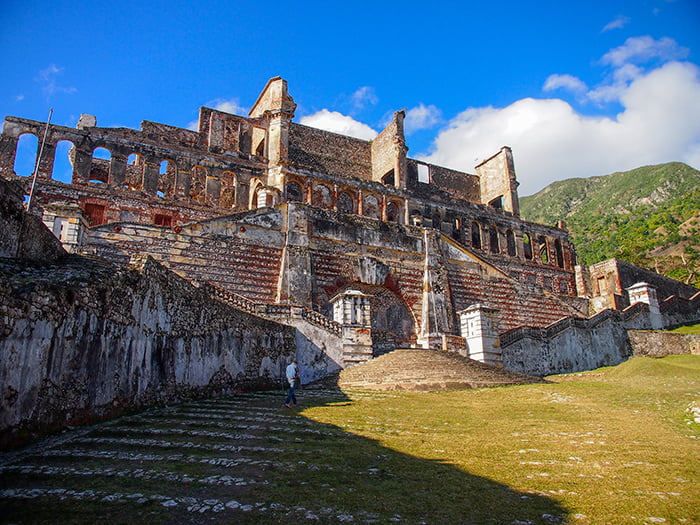
It is a little known fact that Haiti was once home to the Caribbean’s first and only native royal monarchy. Kings, queens, a royal palace, crown jewels: Haiti once had it all. All of it was based in the tiny enclave of Milot.
Located in northern Haiti, just 12 miles south of Cap-Haïtien, Milot is where the self-appointed King Henri Christophe established the Kingdom of Haiti in 1811. Christophe rose to prominence as a top military leader in the Haitian Revolution between 1791 and 1804.
Immediately following independence, Christophe joined forces with Jean-Jacques Dessalines, supreme leader of the Haitian Revolution, to form a new government based in Port-au-Prince. When Dessalines was assassinated in 1806, however, Christophe returned to Milot. In short order, he broke with the southern government and, in 1807, established himself as president of what he called the State of Haiti. This would be the precursor to his kingdom, established five years later.
The power and glory of King Henri’s kingdom are best exemplified in two top attractions: the Sans-Souci Palace and the Citadelle Laferrière. Completed in 1813, Sans-Souci Palace was once known as the Versailles of the Caribbean. Its ruins loudly echo this former grandeur. The immense stone structure is akin to a stately royal manor one might expect to find somewhere in Europe rather than in a sleepy agrarian corner of Haiti.
The Citadelle is even more impressive. Constructed atop the peak of the Bonnet à l’Evêque mountain (elevation: 3,000 feet), the fortress is the largest in all of the Americas. The full structure stretches more than 100,000 square feet. More than 150 cannons once rang her ramparts.
These magnificent structures help place the world’s only successful slave revolt in a broader context—one that evokes a sense of pride over the strength and achievements of Afro-Caribbean people.



